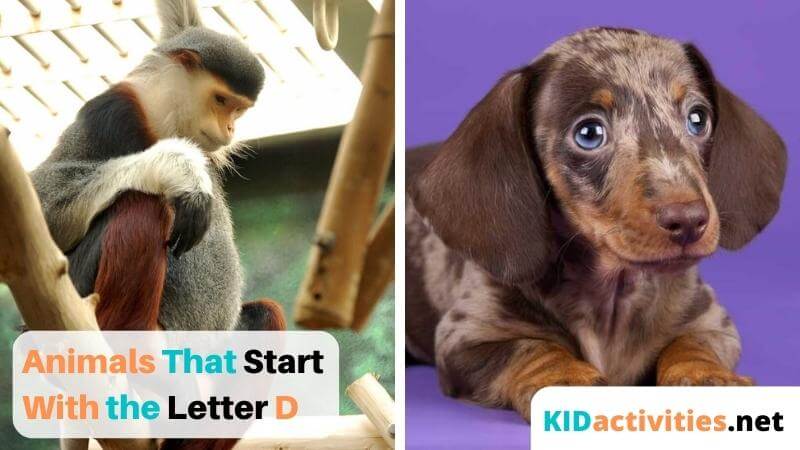There are thousands of animals around the globe. Sometimes we’ve got no idea how many animals start from one letter D. D is a common letter, and many everyday animals start with a D.
Have you ever thought of a dolphin or deer? Land, sea, and air are all possible places to find animals that start with specific letters.
In this post, we look at fifty common and rare animals that begin with D. It is possible to find these animals anywhere in the world, including in your backyard.
The amazing diversity in the animal kingdom is highlighted by an interesting fact about each animal in the list below.
List of Animals starts with D
1. Dung Beetles

Flying insects like dung beetles seek out manure deposits left by herbivores such as cows and elephants.
In addition to dull black and glossy black, dung beetles can be found in metallic green and red colours as well.
Among ancient Egyptians, the dung beetle was highly revered. For fighting, male dung beetles use large, hornlike structures on their heads or thoraxes.
In addition to farmlands and forests, dung beetles can also be found in prairies, grasslands, and deserts. They live on all the continents except Antarctica.
2. Duck
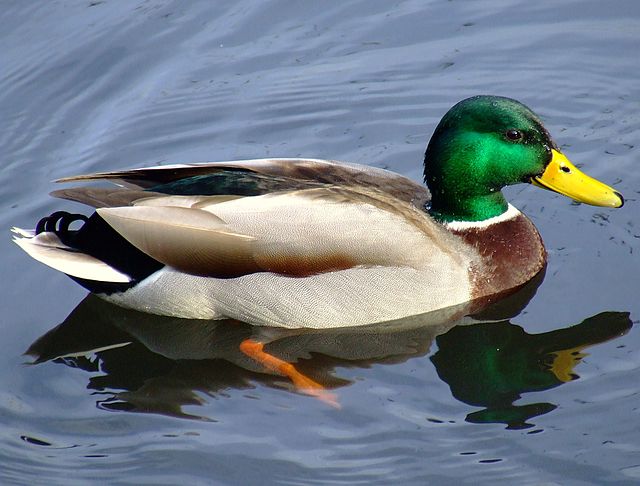
Duck is the most known name for the waterfowl family species of Anatidae. Ducks are divided into many different subfamilies.
Swans and geese are not considered to be duck species since they do not form a monophyletic group.
Ducks live in both freshwater and saltwater. It is common for ducks to be confused with several types of unrelated water birds that have similar appearances, including loons or divers, grebes, gallinules and coots.
In general, ducks have a broad, elongated body plan, as well as relatively long necks; although not as long as geese and swans.
A duck’s diet includes grasses, aquatic plants, fish, insects, small amphibians, worms, and small molluscs.
3. Drumfish
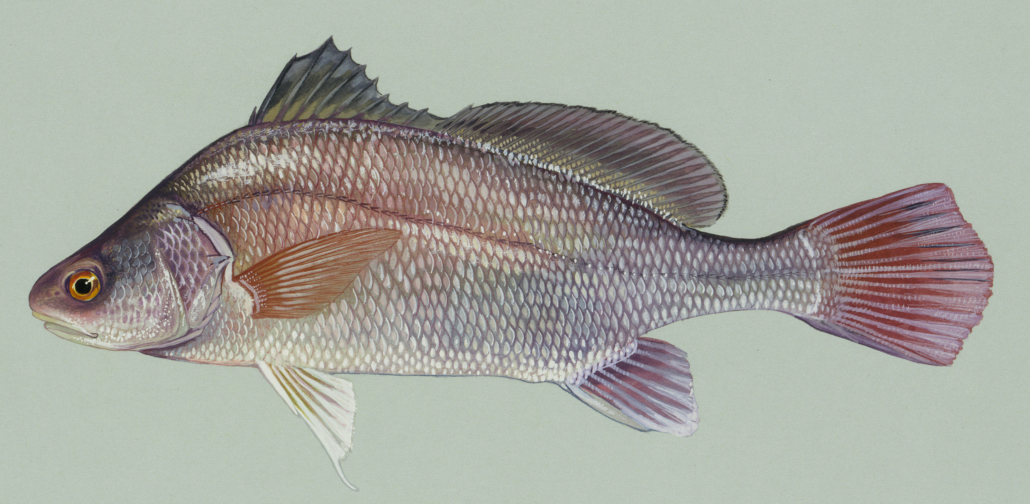
Drumfish live along the bottom of seas, rivers, and lakes and feed on crustaceans, mussels, insects, and other fish.
Some species have large canine teeth that allow them to break through tough shells and crab shells.
Drumfish are native to Central and North America, and they look like well-known Red Snappers. A pharyngeal tooth, or teeth in the throat, assists it in crunching up mussel shells and snail shells.
4. Dragonfish

The Stomiidae family of dragonfish is known for its cunning predators. Despite their strong swimming abilities, they prefer to lie in wait for unsuspecting fish and crustaceans.
The dark pigmentation of their skin helps them camouflage themselves from their prey.
Dragonfish live in the warm waters of the Indo-Pacific. It is a small, elongated fish with bony rings of armour (about 16 centimetres long).
5. Douc
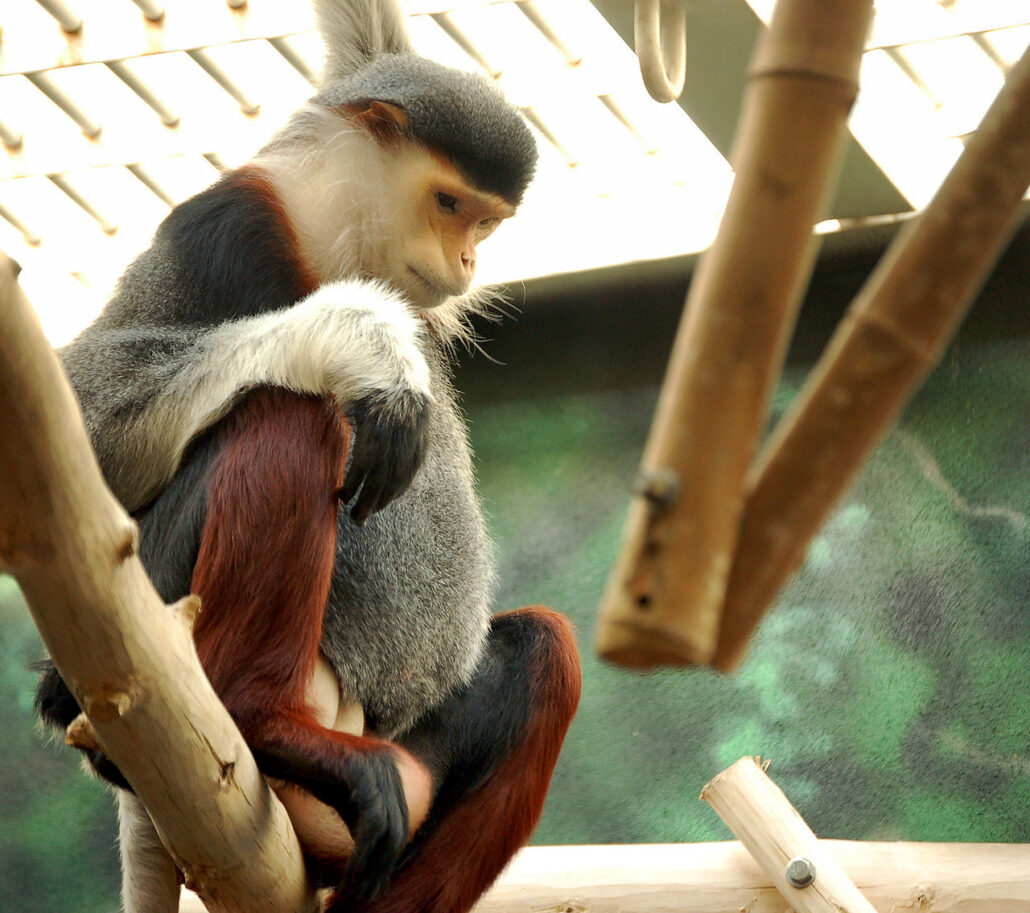
The douc langurs belong to the genus Pygathrix. They belong to the colobine Old World monkey family, which includes three species: red-shanked douc, black-shanked douc, and grey-shanked douc.
The appearance of Doucs is unique. In addition to its bright maroon legs, a reddish patch around the eyes is one of the most distinguishing characteristics of the red-shanked douc.
Grey-shanked doucs, on the other hand, are less colourful, with grey-speckled legs and orange-coloured markings on their faces.
The red-shanked douc has much longer cheek hairs than the grey-shanked douc, which has dappled grey bodies, black hands and feet, and white cheeks.
Doucs with black legs are called black-shanked doucs. They are extremely agile in their treetop habitat due to the length of their hind limbs and tail.
6. Donkey

The donkey is considered a domestic mammal in the family of Equidae. They are in the same family as horses.
Donkeys have domesticated for meat and milk around 6,000 years ago in North Africa and Egypt. However, there was a time when donkeys were one of the draught animals.
There are different types, sizes, colours, and textures of donkeys. Most donkeys have grey coats.
However, the next most common colours are the browns, blacks, roans, and others with broken colours (such as a mix of brown and white or black with white marks).
White donkeys are the rarest. There are 17 donkey breeds known in Europe now.
7. Dolphin
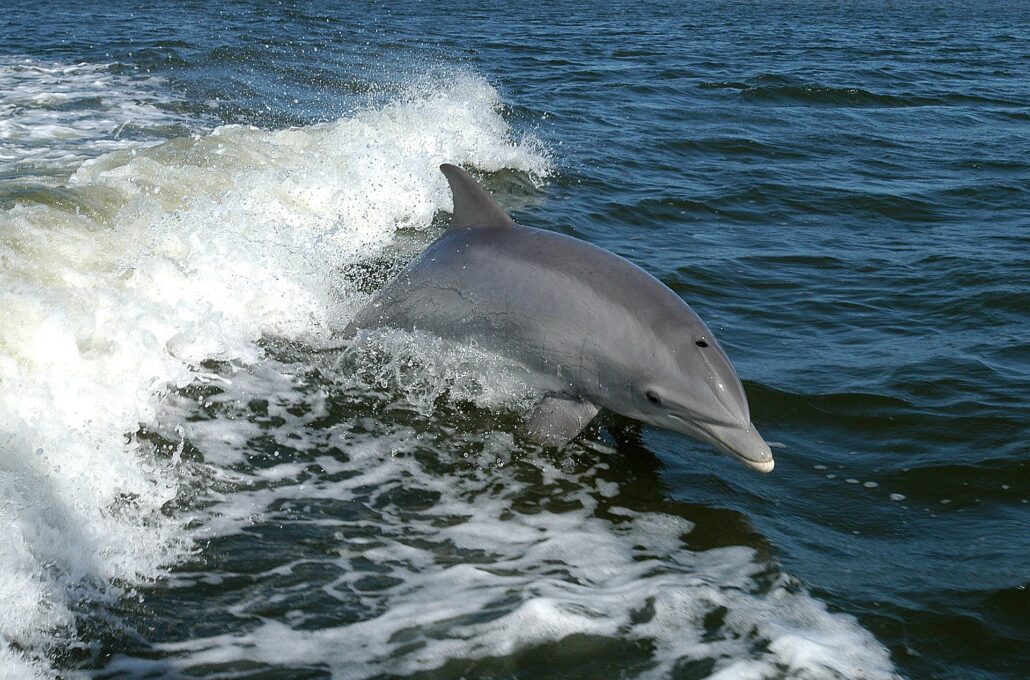
Dolphins belong to the order Cetacea, which includes aquatic mammals. It is assumed that dolphins are categorized into four families: the Delphinidae, the Platanistidae, the Iniidae, and the Pontoporiidae, as well as the extinct Lipotidae.
The dolphin family consists of 40 living species. Dolphins can be found in many different environments and continents.
It is worth mentioning that dolphins are as smart as humans. While dolphins are generally regarded as friendly animals, they are actually wild animals that should be treated with caution and respect.
8. Discus
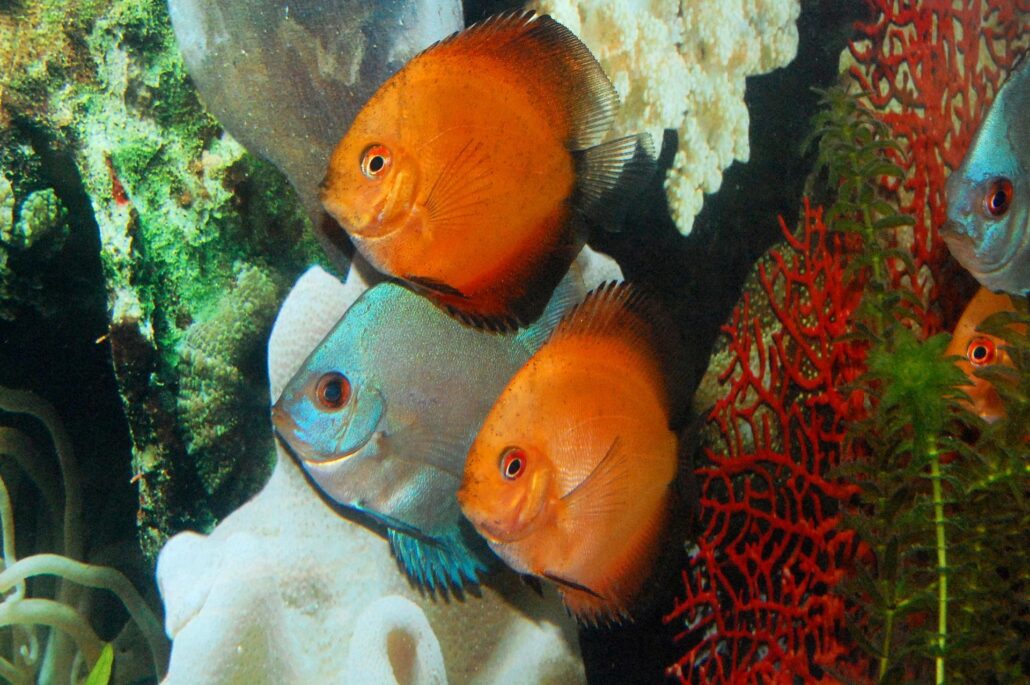
In South America, the Amazon river basin is home to a genus of fish called Symphysodon, colloquially known as discus.
In several Asian countries, discuss aquaculture is a major industry due to the fish’s distinctive shape, behaviour, and colours. Some people refer to them as pompadour fish.
A multimillion-dollar international industry has developed around the discus fish. There are several shows, competitions and breeders.
Discos are highly social, commonly seen in large groups of numerous individuals, which makes them distinctive among the Americas’ cichlids.
9.Draco Volans Lizard

In Latin, ‘Draco Volans’ is a flying dragon. Several ribs support the membrane that gives this lizard the appearance of wings.
Despite its morphology, the Draco Volans Lizard is not capable of flying. However, Drago Volans can glide like a champion.
The males of these lizard species are territorial and spend most of their time in trees. It is worth mentioning that “Draco Volans” is also known by the name glidilizards.
Using their patagial membranes – similar to wing-like membranes, they glide long distances. More than half of the Draco family inhabits tropical rainforests. However, they are rarely found on the forest floor.
10. Dingo
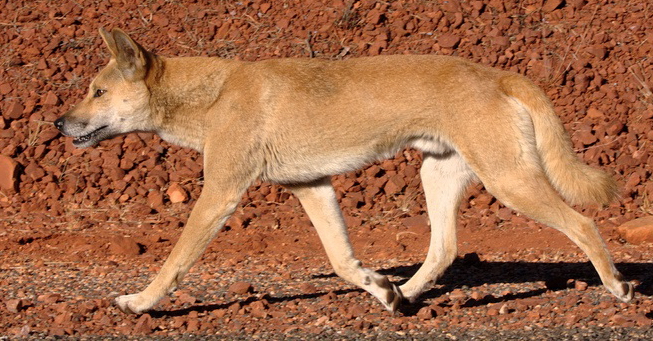
Dingoes are a type of wild dog found in Australia. They show a wolf-like pack mentality and hunting styles.
The golden-coloured or reddish-coloured dingoes usually live alone or in groups of up to ten individuals.
The dingo packs or individual wolves travel long distances and they communicate with each other with wolf-like howls.
A rabbit, rodent, bird, or lizard is their main prey. However, these dogs also consume plants and fruits.
A dingo only breeds once a year. A mother dingo normally gives birth to five pups, which do not become autonomous until six to eight months after their birth.
It is common for dominant breeding female dingoes to kill the children of other breeding females in the pack.
11. Dik-Dik
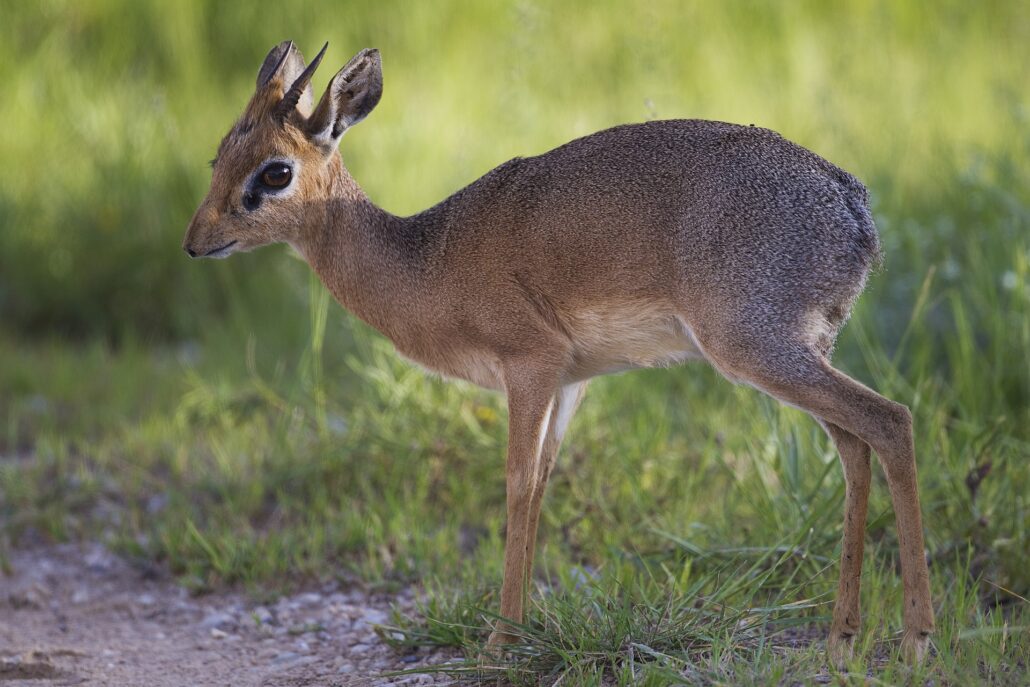
An eastern and southern African bushland dik-dik is a small species of antelope in the genus Madoqua.
They measure about 30–40 centimetres tall at the shoulder, are 50–70 centimetres long, and weigh 3–6 kilos.
A Dik Dik can live up to 10 years. They are named after a sound they produce when they are in danger.
The Dik-Dik makes an alarm call by whistling through their noses, which sounds exactly like “dik-dik”.
In addition to alerting other dik-diks, this high-pitched sound also warns larger animals of the danger that is around.
The males tend to be lighter in colour, have a longer crest, and have a more developed muzzle than the females. However, a female Dik-Dik does not have a horn on her head.
12. Dhole
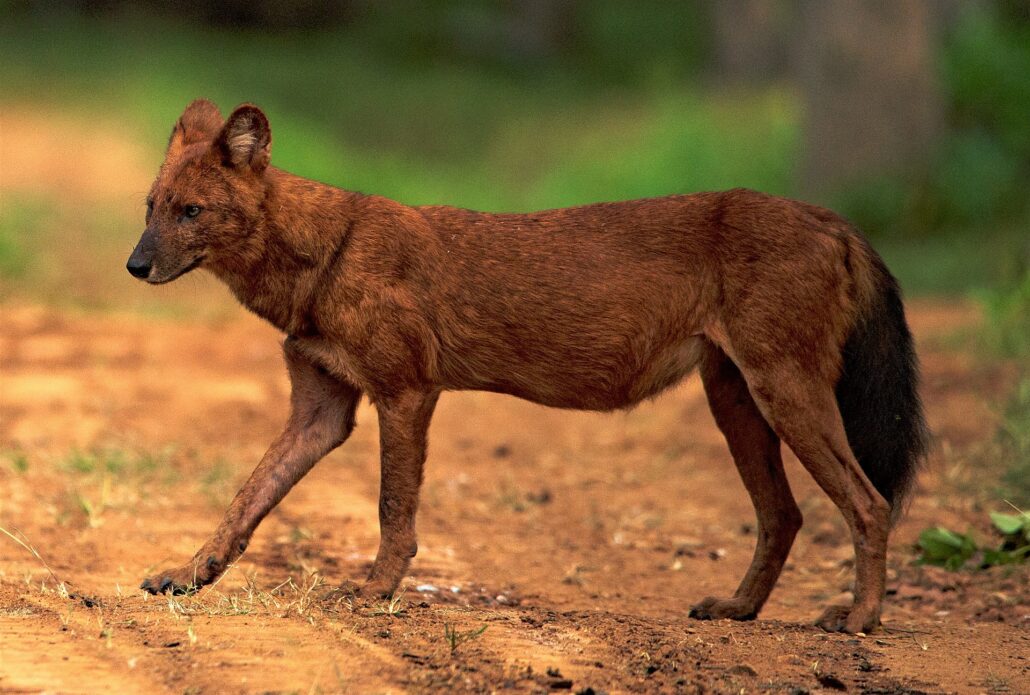
Dholes are canids that live in Central, South, East, and Southeast Asia. It has also been known as the Asian wild dog, the Asian wolf, the Indian wild dog, the whistling dog, the red dog, and the mountain wolf.
In the past, Dholes were widely distributed, but now they are only seen in Asia. They resemble a combination of a grey wolf and a red fox. Unfortunately,
Dholes are considered an endangered species, as there are fewer than 2,500 mature individuals.
Dholes are not among the best hunters in the animal kingdom. Their success rate in hunting is about 20% or about 1 out of every 5 tries.
13. Devil’s Coach Horse Beetle

The name of this insect reflects its unique history. By pointing its tail at someone, this beetle was believed to curse them during the Middle Ages.
The myth may have emerged as a result of its terrifying appearance and painful bite.
Among the many species of beetles in the rove beetle family, the devil’s coach-horse beetle is one of the most common.
The genus Staphylinus was first described in 1764. This fast and vicious predator hunts small insects in fields and gardens after dark.
The Devil’s Coach Horse Bettle is quite famous for the impressive curl of its abdomen.
14. Desert Rain Frog
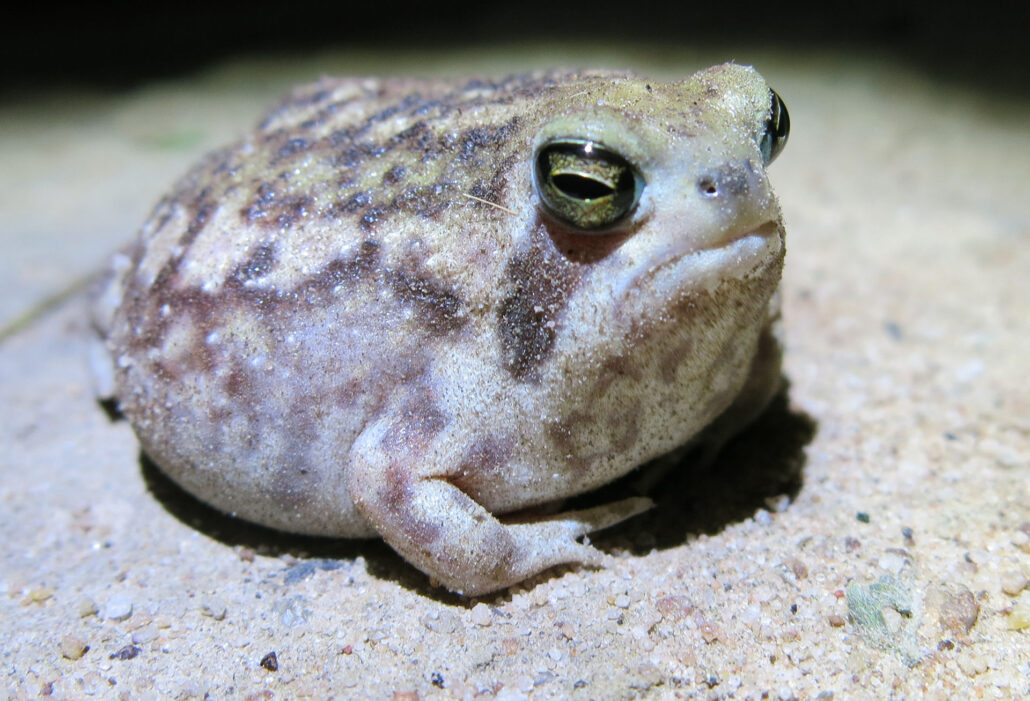
The Desert rain frog belongs to the family Brevicipitidae and it is also known as the web-footed rain frog.
The species is found in Africa. Usually, these animals live beneath the sand in Namibia and South Africa.
Its native environment is the thin strip of sandy shores between the sea and the sandy dunes. Desert Rain Frogs are known for their translucent skin.
The fun fact is that Desert Rain frogs cannot hop like the rest of the frogs in the animal kingdom. Unlike other frog species, Desert Rain Frogs do not drink water. Rather than drinking it, they absorb it through their skin.
15. Desert Locust
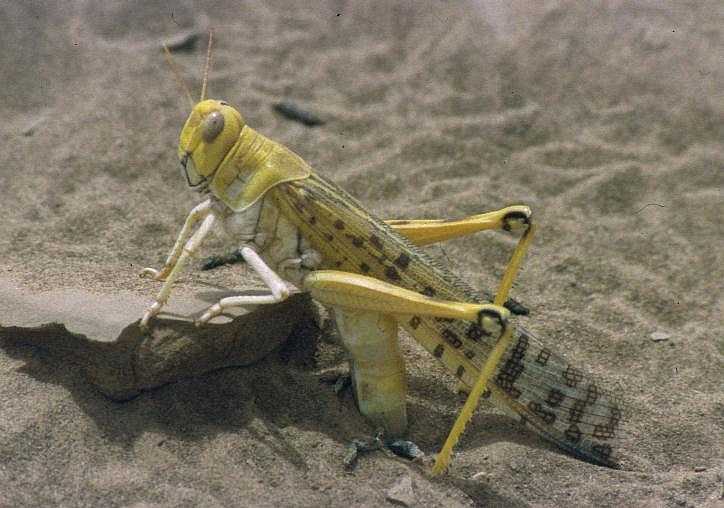
Desert locusts are swarming, short-horned grasshoppers in the family Acrididae.
North and eastern Africa, Arabia, and southwest Asia are their natural habitats. They have long hind legs and compound eyes.
Among migratory pests, the Desert Locust is the most dangerous. It is estimated that locusts can travel at a speed of 21 miles per hour in a swarm.
They are capable of grouping together in swarms of 80 million insects and destroying entire farmlands.
16. Deathwatch Beetle
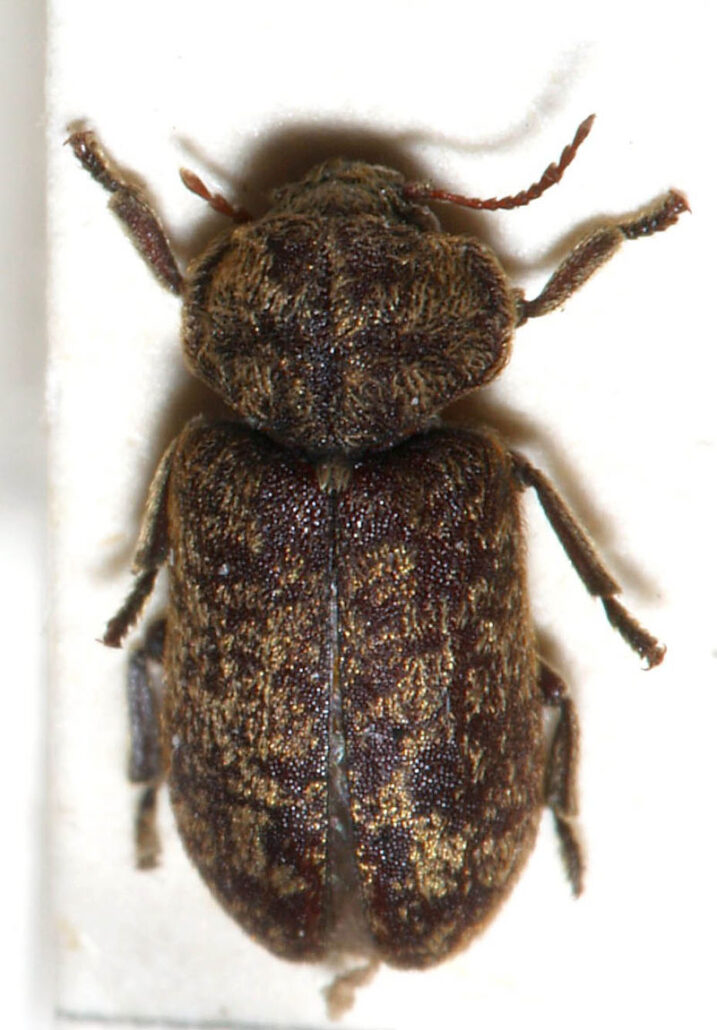
The Deathwatch beetle is a wood-eating insect that sometimes inhabits old constructions’ structural wood.
When mature, the Deathwatch beetle is brown in colour and averages 7 mm in length. Deathwatch Beetles lay their eggs in wood cavities inside buildings, trees, and underground passageways left by previous generations.
A Deathwatch Beetle knocking on a wooden wall was once believed to be a death omen.
However, it is actually a mating ritual. When a male Deathwatch Beetle taps on wood, a female Deathwatch Beetle replies back to him.
Continuing to follow the sound of the taps, male Deathwatch Beetles seek out females. The weird fact is that the male Deathwatch beetle lives only for two months.
17. Death’s Head Cockroach
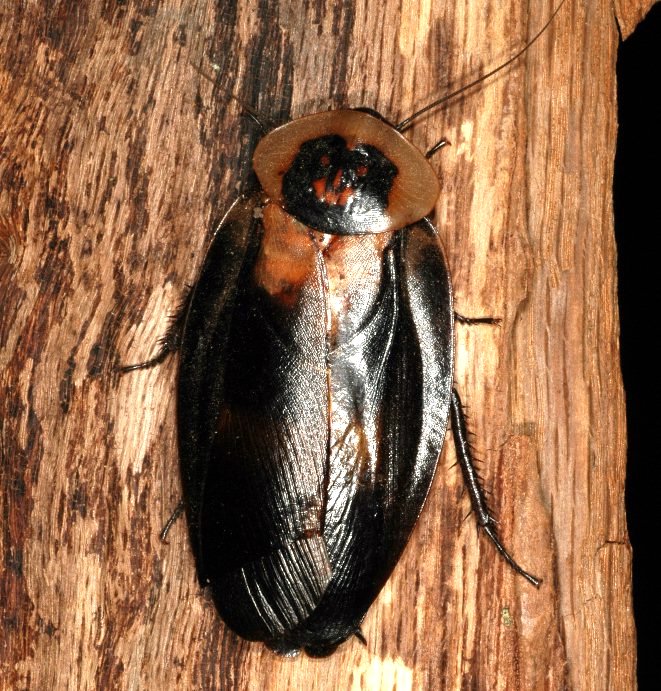
Death’s head cockroaches belong to the Blaberidae family of cockroaches. Due to its similarly shaped appearance, it is often misidentified as the discoid cockroach, Blaberus discoidalis.
The wings of this species are marked with jet-black cloak-like markings, and the pronotum features an amber/black skull-shaped marking. Some people keep this cockroach as a home pet.
The Death’s Head Cockroach inhabits the Caribbean islands, Central America, and Mexico.
18. Darwin’s Frog
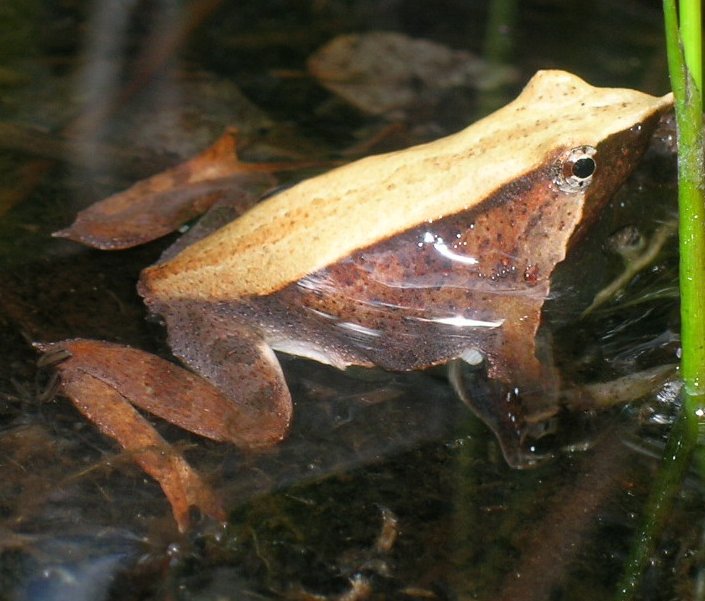
Darwin’s frog, also known by the name Southern Darwin’s frog, and it’s a species of Chilean/Argentinian frog that belongs to the Rhinodermatidae family.
During his voyage on HMS Beagle, Charles Darwin discovered this species of frog.
Darwin’s frogs inhabit Chile and Argentina, but because of their unique appearance, they are difficult to find. Darwin’s frogs resemble dried leaves.
19. Death Adder
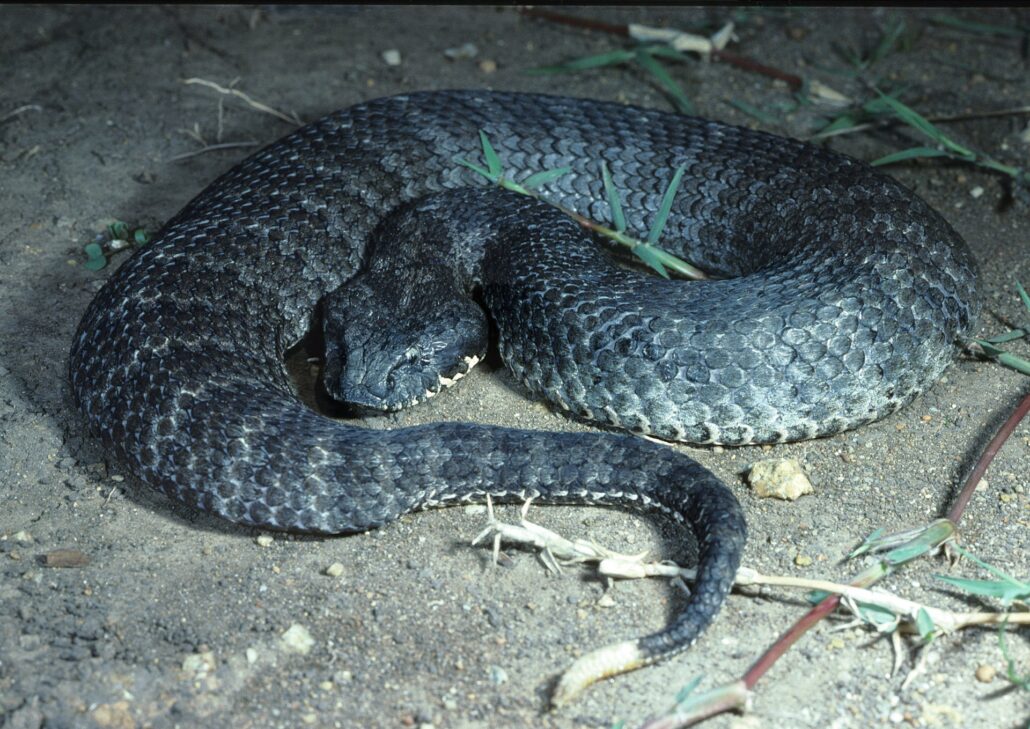
The body of the common death adder is thick, flat, and triangular, with red, brown, and black bands around the body, as well as a grey, cream, or pink belly. It can grow to 70-100 cm in length.
The death adder has the longest fangs of any other Australian snake. Death adders belong to the snake family Elapidae, unlike common adders which are members of the Viperidae family.
Australia and Papua New Guinea are home to the Death Adder. Death Adder blends perfectly with its environment.
20. Darwin’s Fox
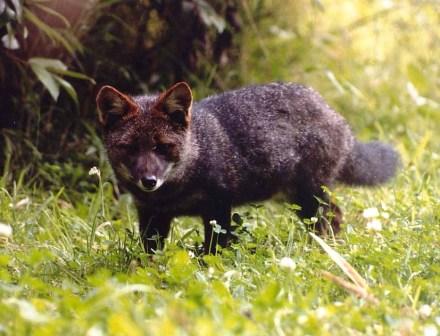
Darwin’s fox, or Darwin’s zorro, is a species of extinct canid in the Lycalopex family. Most of the “zorros” live in Nahuelbuta National Park, in the Cordillera de Oncol, in the Cordillera Pelada, and on Chiloé Island.
It’s worth mentioning that they look like foxes, but they aren’t. Sadly, Darwin’s fox has become endangered as a result of being hunted by humans for its pelt.
21. Deer
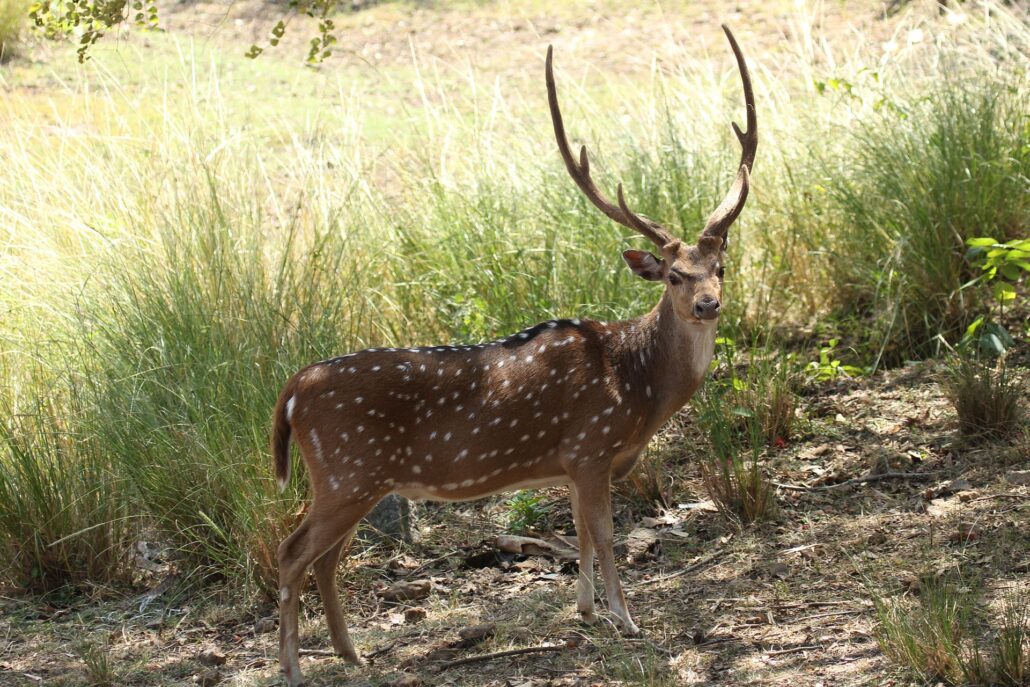
Deer is a type of ruminant horned mammal that belongs to the Cervidae family.
Deer are divided into two main groups: the Cervinae which include muntjacs, elks, red deer, and fallow deer; and the Capreolinae which include reindeer, white-tailed deer, roe deer, and moose. There are many species of deer, but the red deer is one of the largest.
22. Dalmatian

The Dalmatian is a very well-known breed of dog. They are mostly known for their exquisite appearance.
They have an amazing white coat which is covered with black or brown round marks.
Dalmatians are usually considered hunting dogs, but in the past, they were also used as carriage dogs. Historically, this breed can be traced to the Dalmatian region of present-day Croatia.
23. Devon Rex
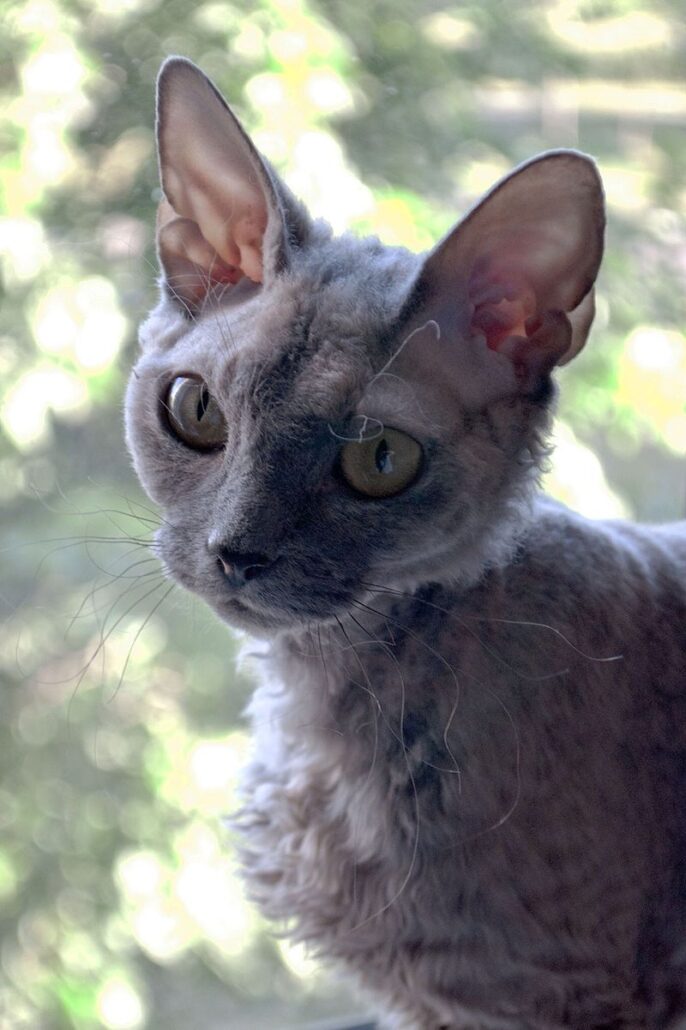
Devon Rex is a short-haired cat that was first found in England in the 1950s. Their long ears, curly coats, and thin bodies make them distinctive.
Although they are adept at learning difficult skills and tricks, this breed is difficult to motivate.
In addition to being smart, friendly, and playful, Devon Rex cats are also very social.
Devon Rex cats love being around other people and pets. One of their favourite things is warm cuddles.
24. Dunnock
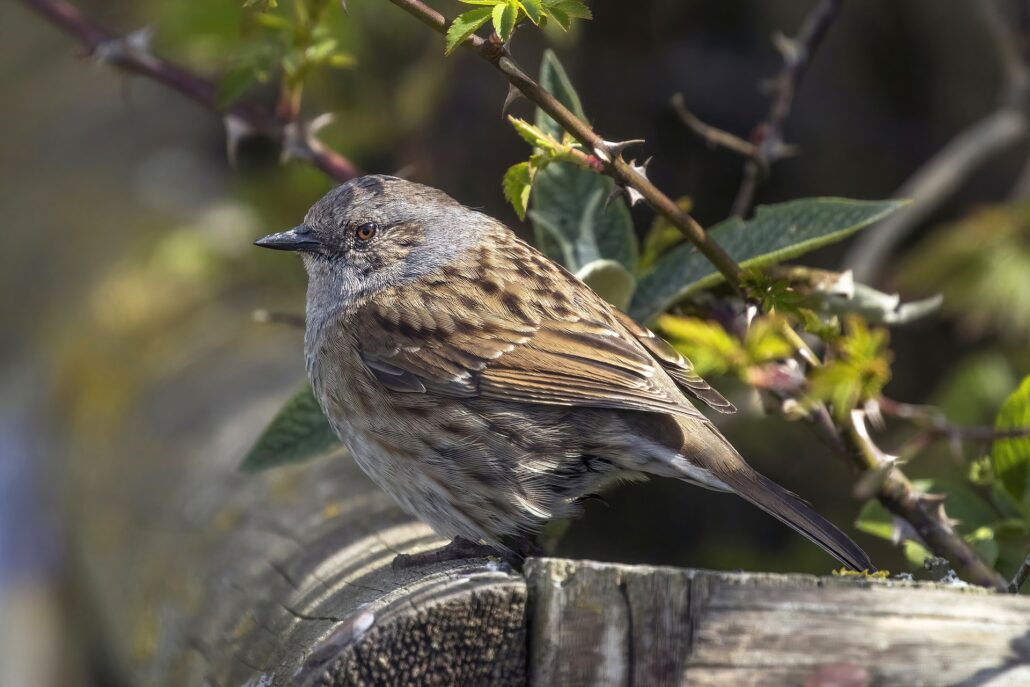
Dunnocks are small birds that live in temperate Europe and Asian Russia. Dunnocks have also been widely spread to New Zealand.
Unlike most accentors, this species is widespread throughout the world. Dunnocks are small birds with brown and grey plumage.
As a rather nervous and shuffling bird, it is often seen creeping along flower beds or near bush edges.
Its wings are often flapped as it moves, as it makes its way along. It is worth mentioning that there is much wing-flicking and calling when two males are competing against each other.
25. Dutch Rabbit
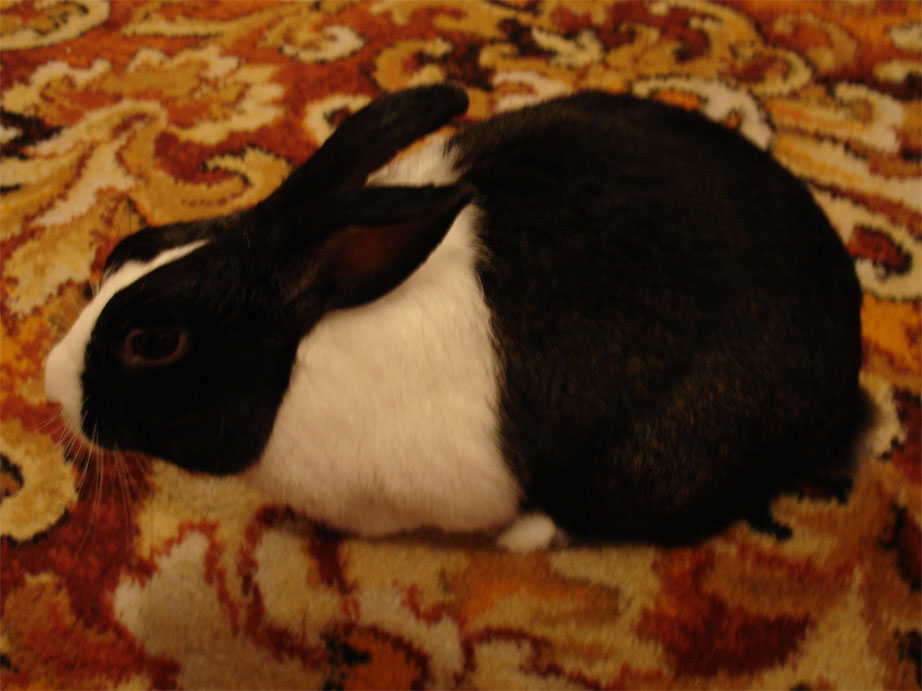
Its distinctive colour pattern makes the Dutch rabbit easily noticeable, and it was once one of the most popular breeds of rabbits.
Dutch rabbits are also known as Hollander rabbits or Brabander rabbits. Dutch rabbit popularity declined after dwarf rabbits were developed.
Family-friendly, intelligent, and loving, this is the right pet for every family. Although Dutch rabbits were originally from the UK rather than the Netherlands, their name does not reflect their origins.
Those animals are easy to train, and that’s why they are a beloved friend for all kids.
26. Dwarf Crocodile
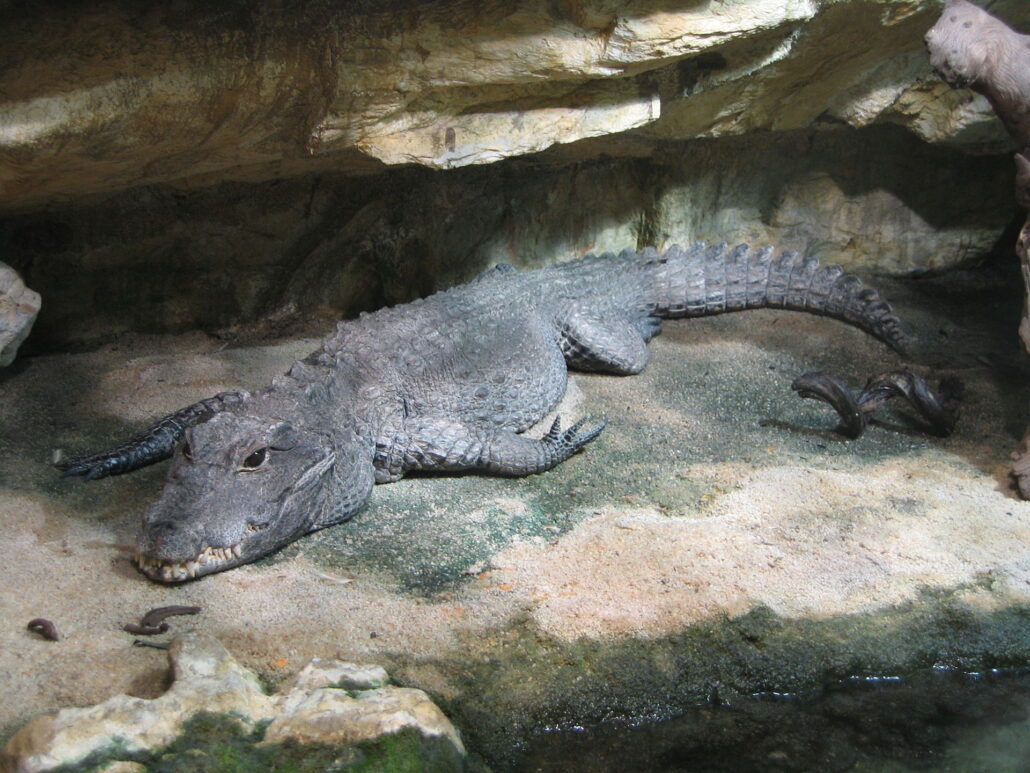
Dwarf crocodiles, also called African dwarf crocodiles, broad-snouted crocodiles, and bony crocodiles, are a species of African crocodile that is the smallest in the world.
Incredibly, this species of crocodile can only grow to 1.5 metres in length. The dwarf’s name refers to its short length in comparison to the rest of the crocodile species that grow up to 5.5 meters.
Nowadays there are only 25,000 to 100,000 Dwarf Crocodiles left in the world.
27. Dungeness Crabs
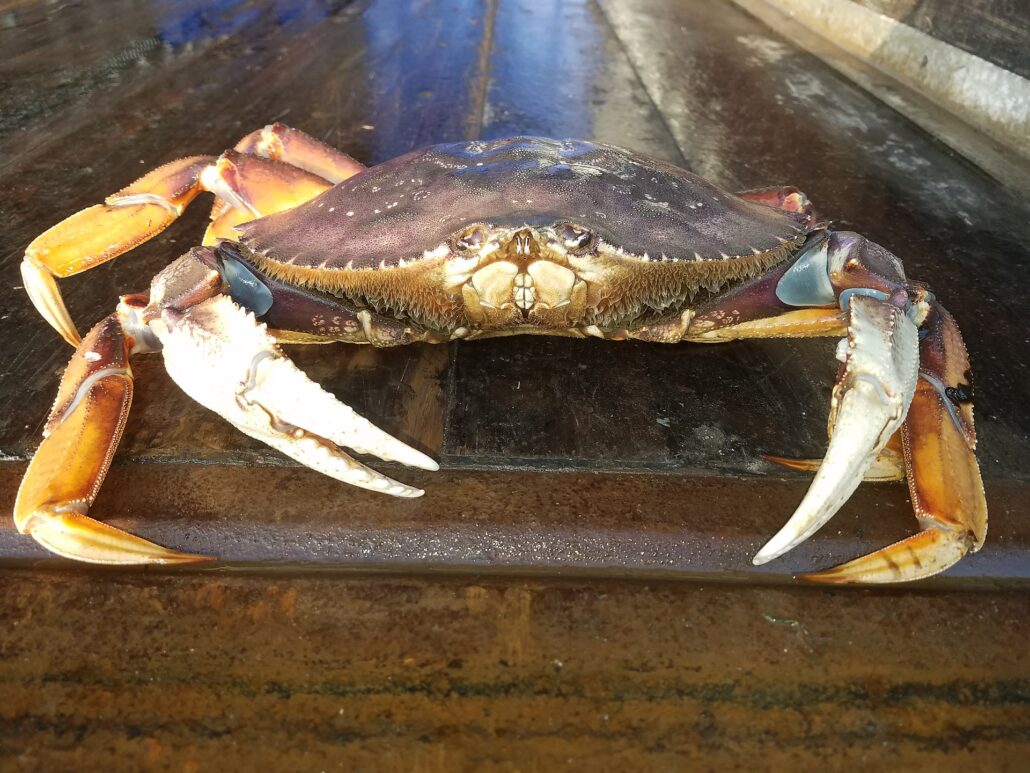
Dungeness crabs live along North America’s west coast in seagrass beds and deep waters.
In general, it grows to a width of 20 cm. Dungeness Crab gets its common name from Dungeness Spit, an inshore bay populated by crabs in the United States.
28. Dutch Shepherd
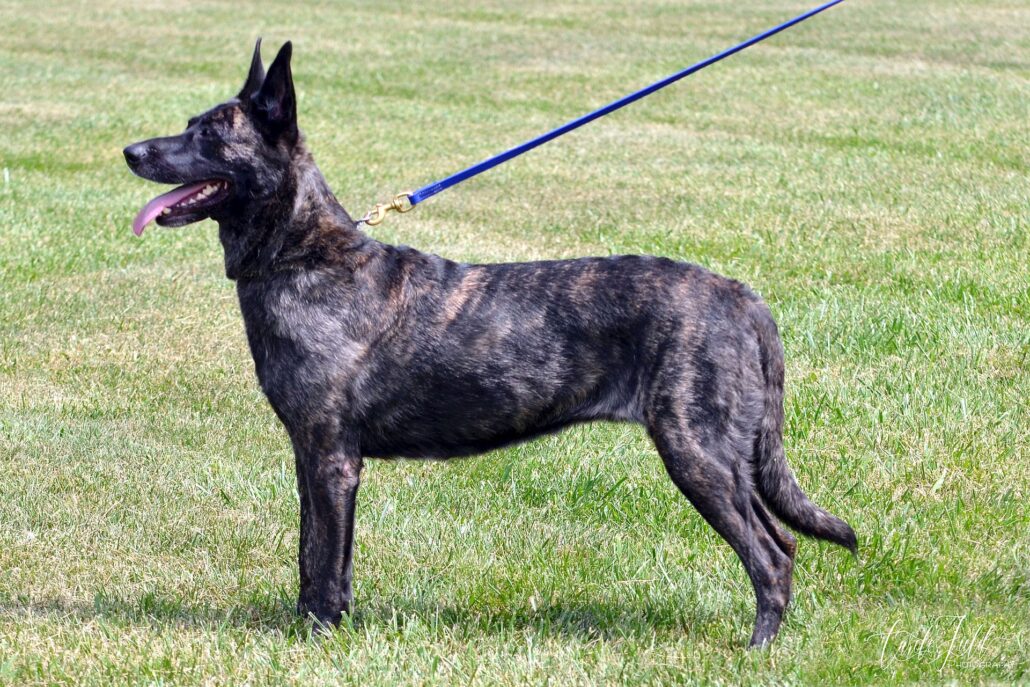
The Dutch Shepherd was originally bred as a herding dog in the Netherlands.
Shepherds and farmers used them because they were adaptable, had few needs, and could adjust to rough and challenging conditions.
In general, they considered trustworthy, loving, attentive, faithful, obedient, and intelligent dogs.
Dutch Shepherd coats can be brindle, salt & pepper, gold brindle, grey brindle, silver brindle, and blue-grey colours.
Both males and females can weigh around 30 kilos. They may look scary, but they are excellent family dogs.
29. Dapple Dachshund

Dachshunds with dappled coats are known as Dapple Dachshunds. Dachshunds have a distinctive coat colour and sometimes a different texture than standard Dachshunds.
Dapple Dachshunds are extremely intelligent, faithful, and self-sufficient. They are considered a great companion for people.
However, for families with small children and cats, they may not be the most suitable choice.
Their history as working dogs goes back hundreds of years when they were bred to hunt and catch prey underground.
30. De Kay’s Brown Snake
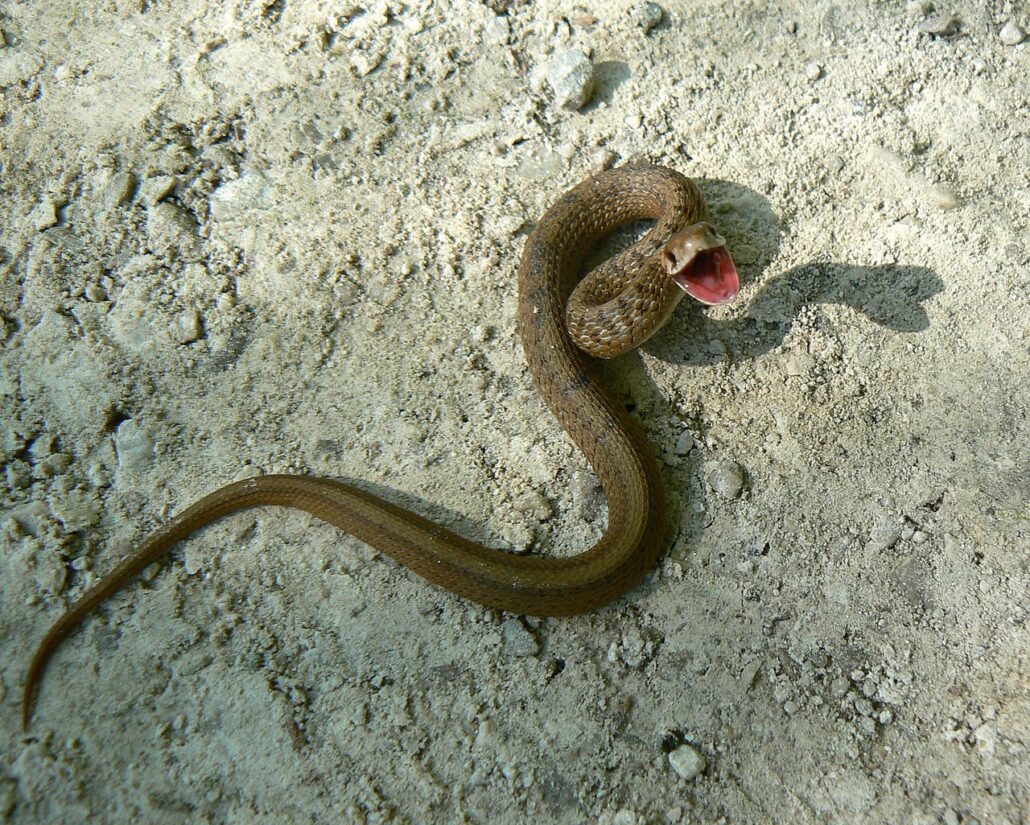
In the family Colubridae, Storeria dekayi is a small non-venomous snake commonly known as De Kay’s brown snake, De Kay’s snake, or simply the brown snake.
North America and Central America are the native habitats of these snakes. They are brown small snakes, usually 17 to 33 centimetres.
Their brown skin can sometimes be accompanied by yellow, red, and grey hues. Their backs typically have two rows of dark spots, sometimes linked, and their heads have a dark streak.
31. Desert Ghost Ball Python
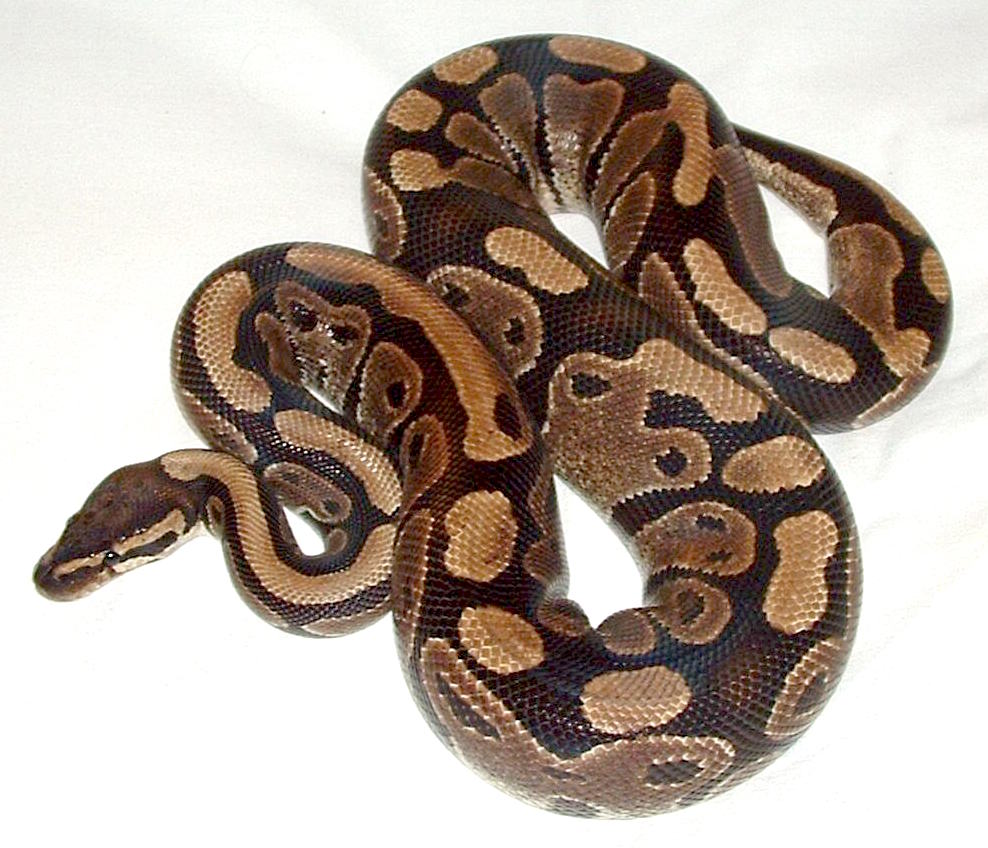
Desert Ghost Ball Pythons are recessive, colour-variant snakes with distinctive lines.
The appearance of desert ghost ball pythons is even more stunning when they are crossed with another type, such as the Enchi ball python. This species is local to the UK and Ireland.
32. Dinosaur Shrimp
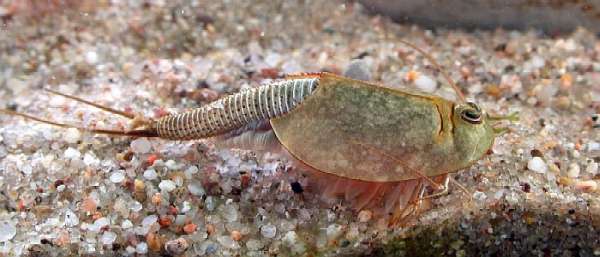
Often referred to as tadpole shrimp or dinosaur shrimp, Triops are crustaceans that live in freshwater.
Since tadpoles first appeared hundreds of millions of years ago, they have looked like armoured tadpoles.
It is worth mentioning that they are named dinosaur shrimp because they have a long ancient history.
Due to their 300-million-year age, triops/dinosaur shrimps are considered to be “living fossils.”
33. Downy Woodpeckers
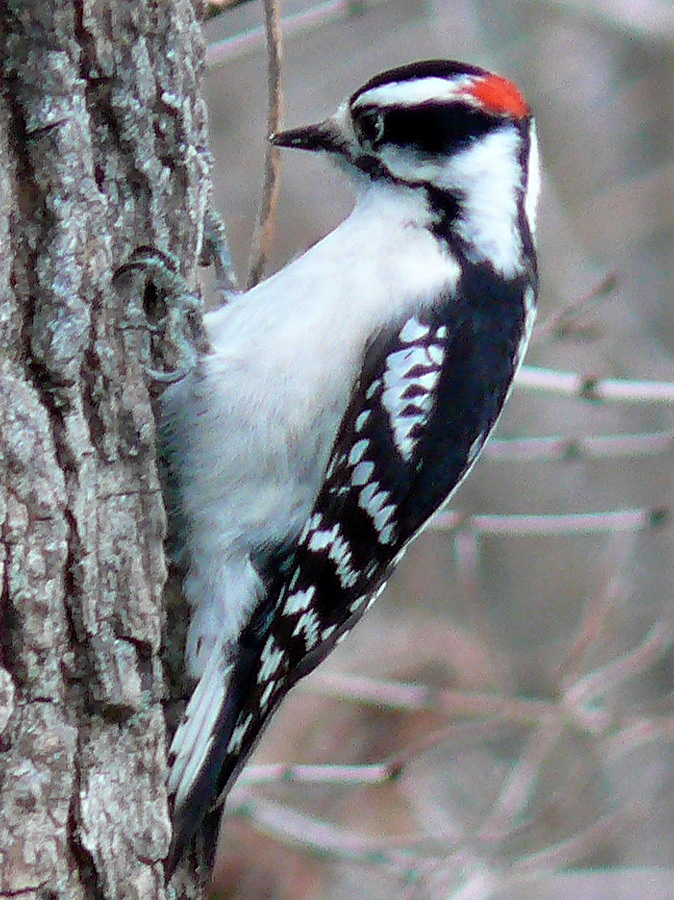
Downy woodpeckers are the smallest woodpeckers in North America. They range in length from 14 to 18 cm.
Except for deserts in the southwest and tundra in the north, downy woodpeckers mostly live in woodland areas across the United States and Canada.
The birds are easily identifiable by their chisel-like wings, thick heads, robust shoulders, and straight-backed posture. Woodpeckers tend to have smaller bills for their size than other birds.
34. Double Doodle
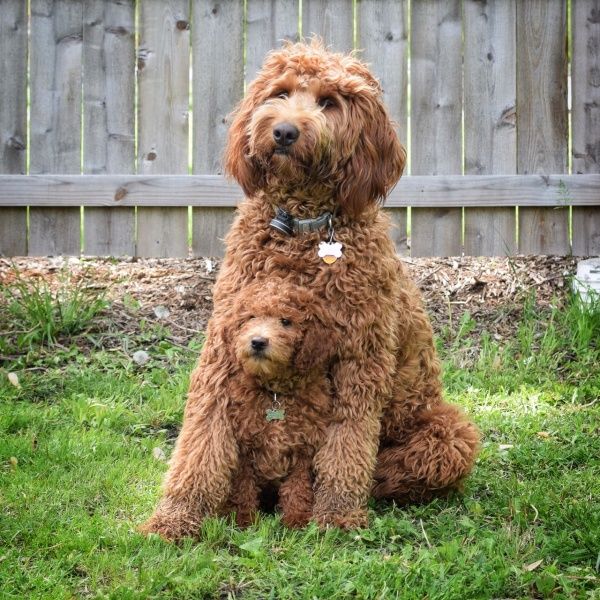
Double Doodles are mixes of Goldendoodles and Labradoodles. In both breeds, the size ranges from medium to large, and they shed very little.
Most of the time Double Doodles inherit high energy levels, as well as a friendly, intelligent nature from their parents.
With a kind, loyal temperament, Double Doodles are gorgeous and obedient dogs. Their adoration for humans can be seen plainly, and they make wonderful family pets.
35. Dusky Shark
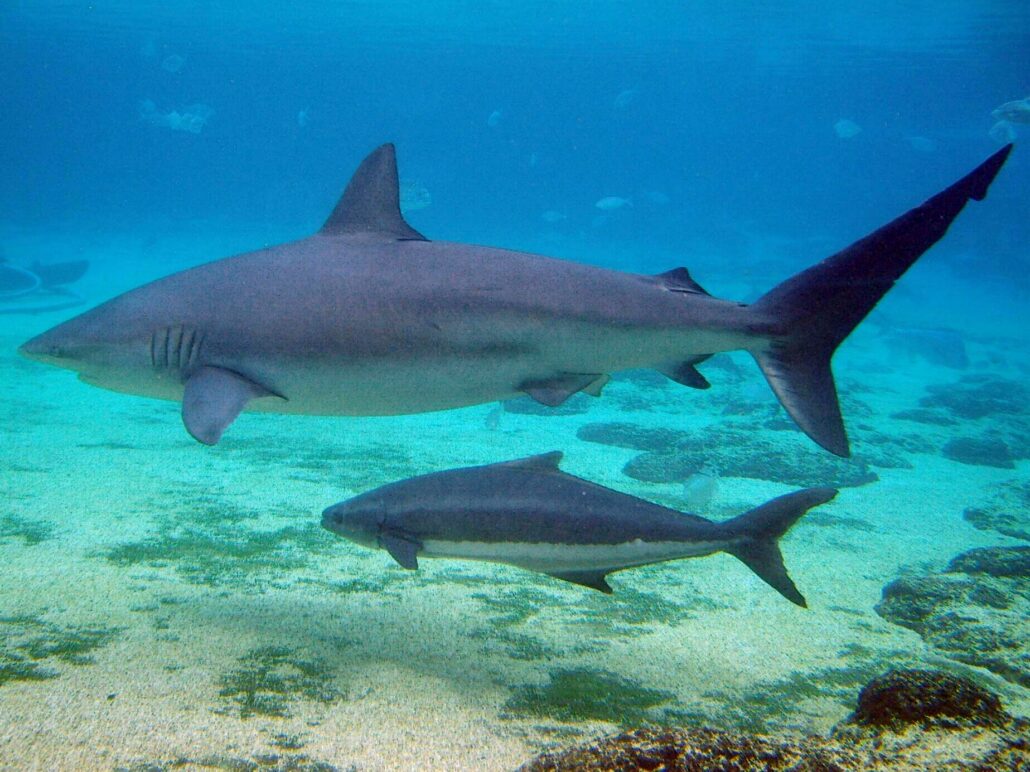
Among the requiem sharks in the Carcharhinidae family, the dusky shark is found in tropical and warm-temperate continental seas around the world.
Dusky sharks vary in colour, from bronze-grey to blue grey, with a white belly. Their mouth is more rounded and shorter than other shark species.
The free tip of the second dorsal fin is less than twice as long as the fin height.
Their dorsal fin lies over a free tip of the pectoral fin. Dusky sharks can live up to half a century, but they are slow to develop and reproduce. It takes sharks about 20 years to reach sexual maturity.
36. Danios
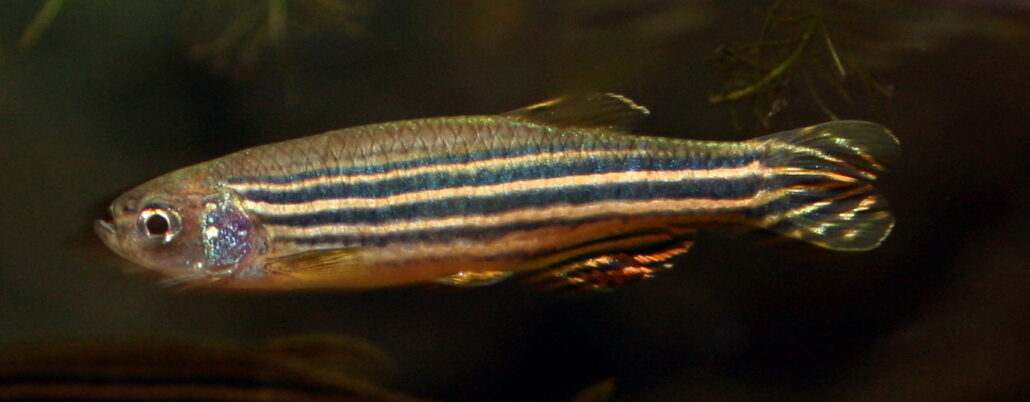
In South and Southeast Asia, Danio is a genus of small freshwater fish commonly kept in aquariums. Generally, they have horizontal stripes, rows of spots, or vertical bars.
It is common for some species to have two pairs of long barbels. In most cases, Danios can survive in a variety of water compositions, PH levels and temperatures, making them the right beginner fish/pet.
Keeping Danios in groups of at least five is recommended since they are group-living fish.
37. Dark-Eyed Junco
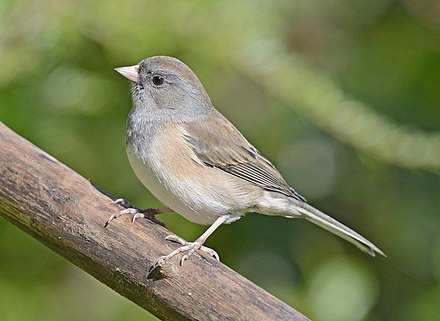
In the New World, juncos are small, greyish sparrows. Dark-eyed juncos are members of the junco family.
The breeding range of this bird extends far into the Arctic in summer. Dark-eyed Juncos, like the related fox sparrow, exhibit highly variable behaviour, and the species systematics is unknown.
A dark-eyed Junco builds its open cup nest on the ground, usually under a root ball, tree trunk, or tall grass.
38. Deer Head Chihuahua
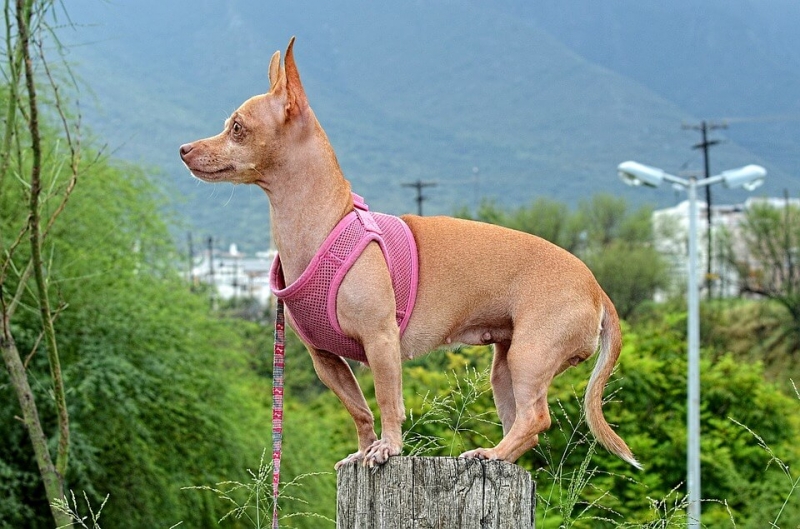
Based on their appearance and physical characteristics, Chihuahuas are often described as “deer heads” or “apple heads”.
Deer head Chihuahuas have rounded facial features that resemble a deer. It has a thinner and more triangular head than an “apple-head” Chihuahua.
This breed is friendly, loving, energetic, relatively self-sufficient, and not too difficult to train.
Because of their fragile, small bodies, children under the age of 8 need plenty of supervision while playing with them.
39. Doberman Pinscher
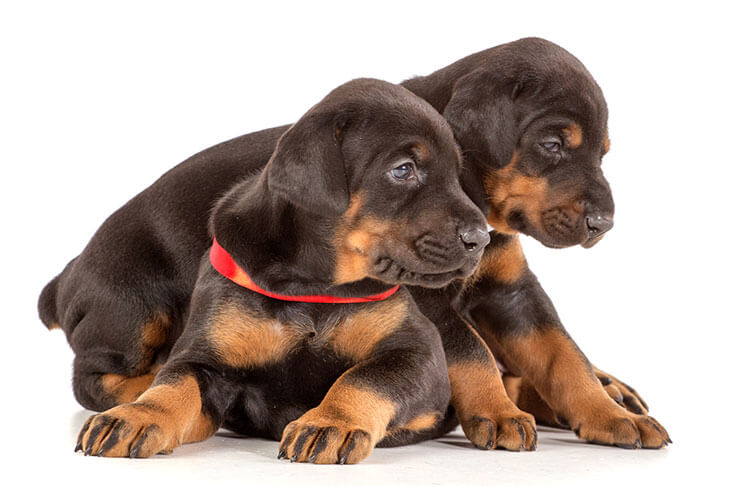
Dobermans, also known as Doberman Pinschers in the United States and Canada, are medium-large dogs developed in 1890 by the German tax collector, Louis Dobermann.
Dobermanns have a long snout. Generally, it stands on its legs and does not have heavy feet.
The Doberman is an athletic breed that can run up to 32 mph, making it one of the leading guard dogs. In general, Doberman Pinchers shed moderately.
On average, Dobermanns live between 10 and 13 years. Contradictions abound in the Doberman Pinscher.
The dog has an image of being vicious and evil, however, his supporters believe that he is the most loving and faithful of all dogs.
40. Dogue de Bordeaux
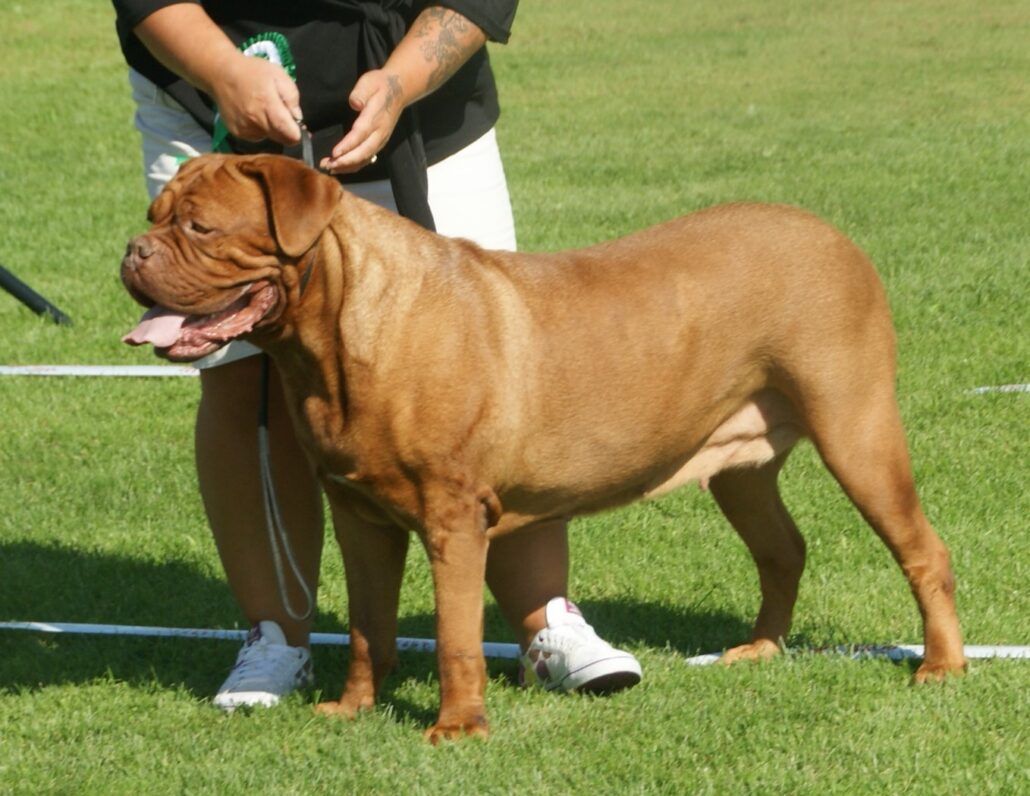
Known as the Bordeaux Mastiff, Bordeaux Dog, or Bordeaux dog, the Dogue de Bordeaux is a large French mastiff breed.
Bordeaux dogs have a muscular body that is typical of brachycephalic mastiffs. Besides pulling carts, this breed has been used to watch sheep and transport heavy loads.
The dog was bred in the 12th century as a hunting companion. Dugue de Bordeaux dogs are always loyal to their owners and families. Their sweet, gentle nature makes them ideal family dogs!
41. Doxiepoo
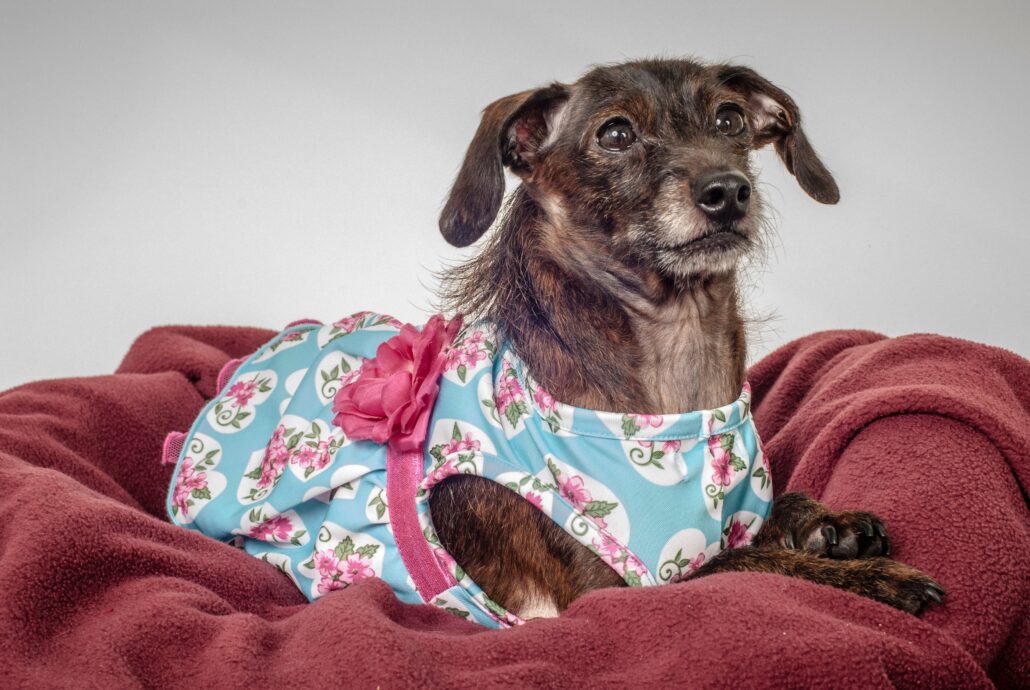
The Doxiepoo breed is smart, independent and full of spirit. Mixes of dachshunds and poodles have become popular because of their cute appearances and affectionate personalities.
However, almost nothing is known about their mixes. Doxiepoos live an average of 10 to 15 years, depending on their size.
Doxiepoos of a smaller size will live longer life. Doxiepoos weighing less than 8 pounds are considered small.
42. Dachsador

The Dachsador is a hybrid dog that was developed by crossing Dachshunds with Labrador Retrievers. There is no standard for this breed, and it will vary from litter to litter.
Dachshunds are known for their heavy, furry, thick, and water-repellent coats. Dachsadors have a gentle and loving temperament and are eager to please their families.
In their downtime, they are mild-mannered and even-tempered. You can expect this breed to crave cuddling with and napping on your shoulders. Dachsadors are highly intelligent dogs with a lot to give to their owners.
43. Dormouse
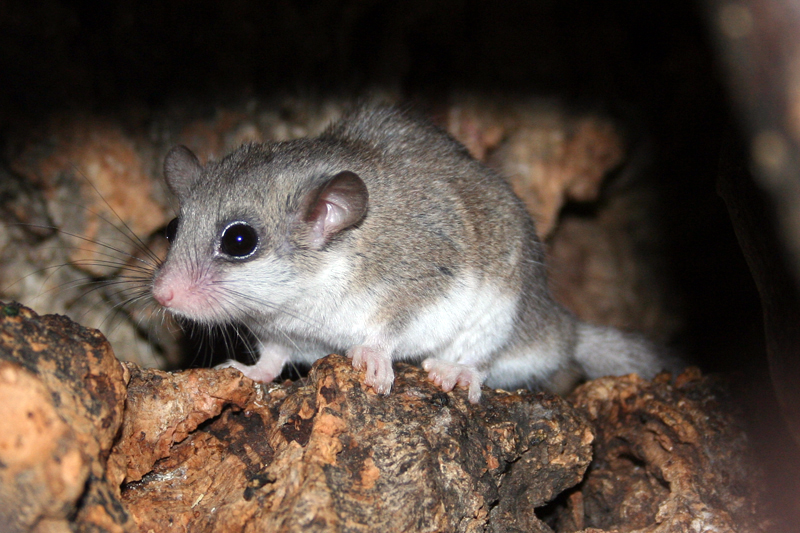
Dormice are members of the Gliridae family of rodents. A dormouse is a nocturnal animal found in Africa, Asia, and Europe.
Dormice take their name from their long hibernation period. They sleep for 6 months or longer.
Dormice are exclusively nocturnal and can be found in evergreen forests as well as dense hedgerows. Mostly, Dormice climb tree branches to find food and rarely get down to the ground.
44. Dotterel

Eurasian dotterels are small waders in the plover family, also known in Europe as dotterels.
Dotterels are brown and black streaked birds with white eye stripes and orange-red chest bands in breeding plumage.
The female usually has more colours than the male. An adult has mainly grey-brown upper parts and a brown belly, with a white torso and eyeline that contrasts with a dark cap. In the winter, you can mostly see them migrating into groups.
45. Drever

Drevers are Swedish scenthounds, short-legged breeds used for hunting deer and other game.
As a breed of German hound, the Drever originated from the Westphalian Dachsbracke. Drevers are amazing family dogs that are loyal to their families.
It is a wise choice for a family pet, especially if there are older children in the house. Unfortunately, the Drever breed is prone to obesity.
46. Dugong
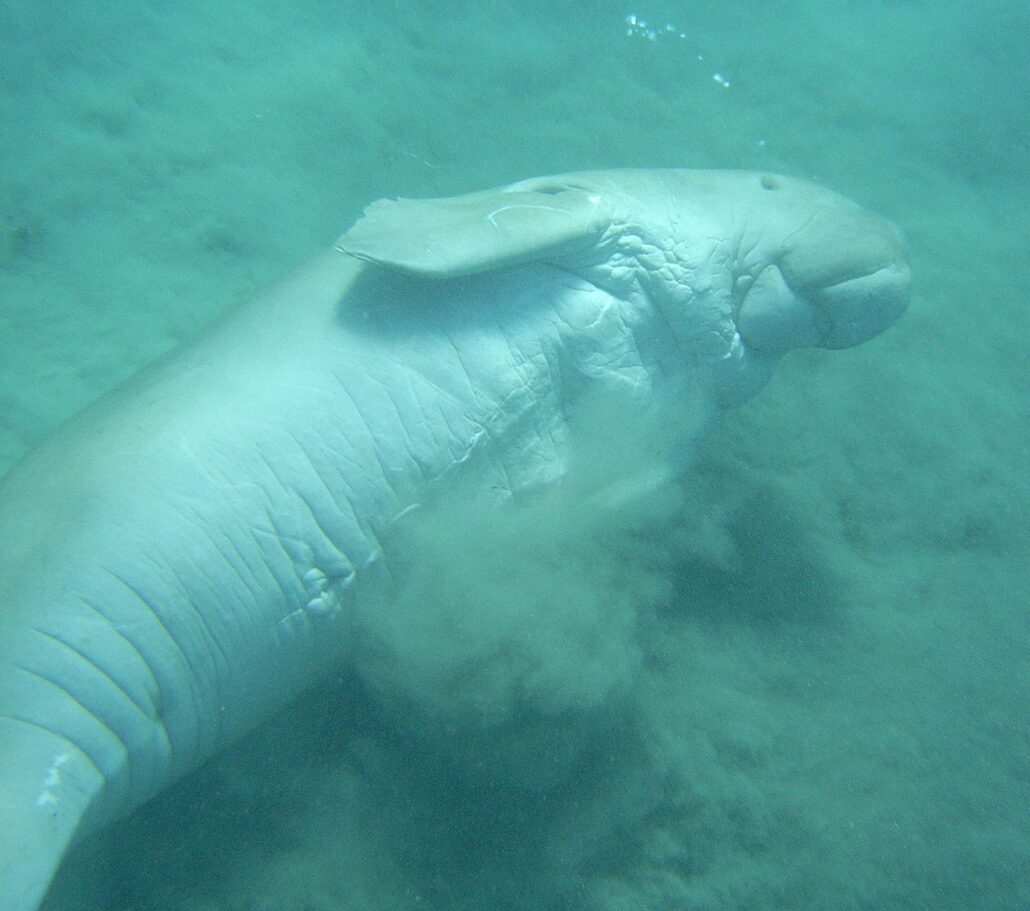
Dugongs are marine mammals found in the ocean. It is one of four genus in the family Sirenia, which also consists of three species of manatee.
The Steller’s Sea cow is the last living member of the once-diverse family Dugongidae; unfortunately, in the 18th century, it was almost hunted to extinction.
There is little protection against predators for dugongs, as they move slowly. Compared to other marine mammals, dugongs are more closely connected to elephants.
47. Dunlin
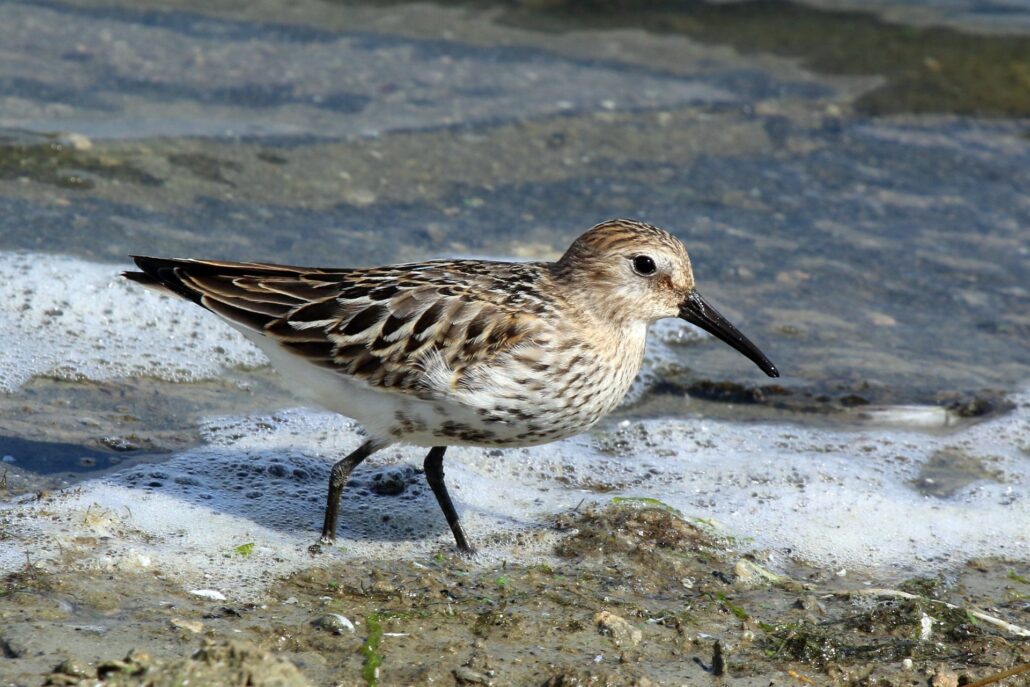
The Dunlin is the most ubiquitous species of wader along the coast. During the breeding season, it has a black belly patch and a down-curved bill.
When the tide is high, the birds roost in nearby fields and saltmarshes, often in flocks of thousands. Its plumage varies between summer and winter.
48. Dorkie
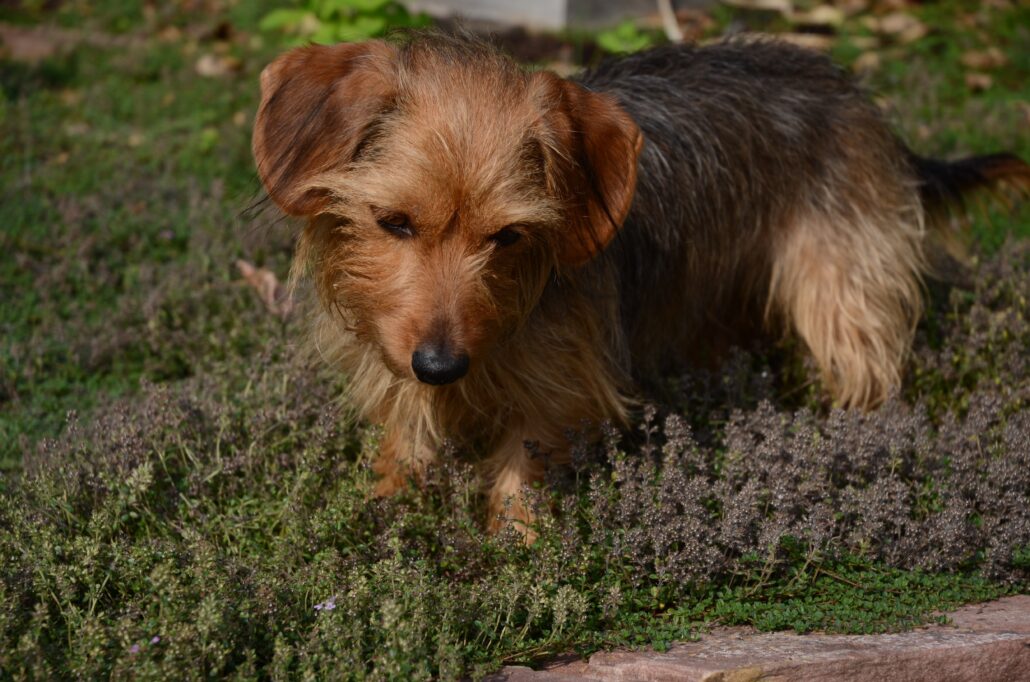
Dorkies are a hybrid breed of dachshunds and Yorkshire terriers. They make great house dogs because they are tiny, clever, and devoted. Dorkies are known for their relaxed nature.
In addition to having a gentle personality, they also have a strong sense of loyalty.
49. Dragonfly
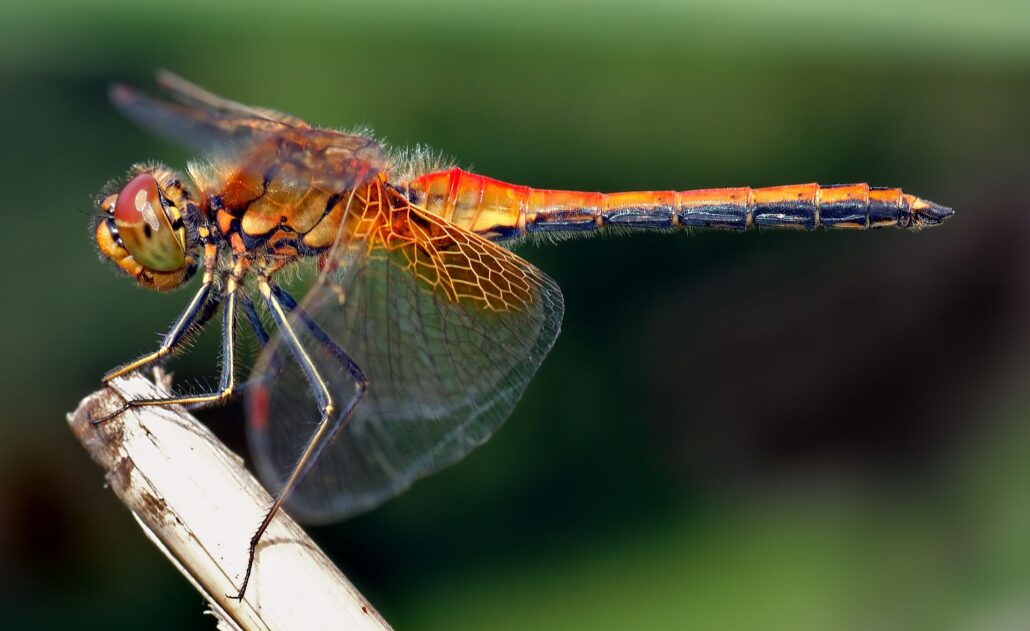
Dragonflies are flying insects belonging to the suborder Anisoptera below the family Odonata. The number of dragonfly species currently existing is approximately 3,000.
Temperate regions have fewer species than tropical regions. Worldwide, dragonfly populations face threats from the loss of wetlands.
50. Desert Tortoise
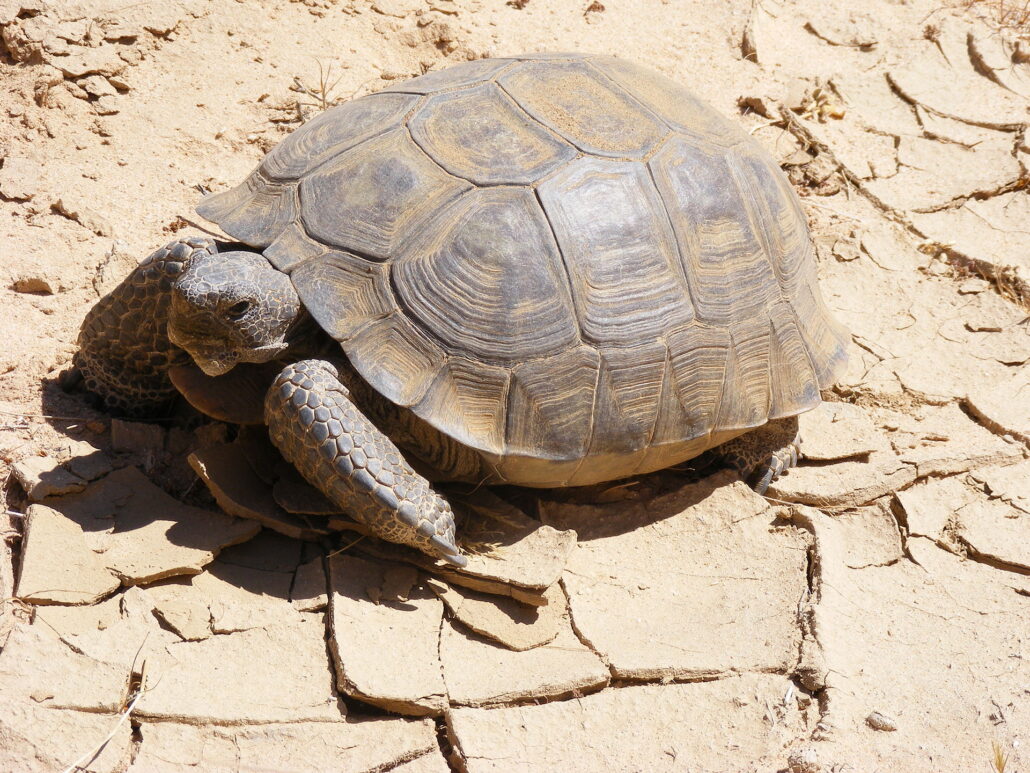
Desert tortoises belong to the order Testudinidae. Northwestern Mexico, the Mojave Desert and the Sonoran Desert, and the Sinaloan thorn scrub are the native habitats for this species.
Desert tortoises can live in different habitats, including sandy surfaces, rocky hillsides, and canyons where suitable soils exist for building dens.
Desert tortoises are an important species that influence the ecosystem more than other species.
Animals that start with the letter D can be found all over the world. They are different species that offer different things in the ecosystem and humans.
Below is a concentrated list of the animals mentioned above, for quick reference:
List of animals that start with D
- Dung Beetles
- Duck
- Drumfish
- Dragonfish
- Douc
- Donkey
- Dolphin
- Discus
- Draco Volans Lizard
- Dingo
- Dik-Dik
- Dhole
- Devil’s Coach Horse Beetle
- Desert Rain Frog
- Desert Locust
- Deathwatch Beetle
- Death’s Head Cockroach
- Darwin’s Frog
- Death Adder
- Deer
- Dalmatian
- Devon Rex
- Dunnock
- Dutch Rabbit
- Dwarf Crocodile
- Dungeness Crabs
- Dutch Shepherd
- Dapple Dachshund
- De Kay’s Brown Snake
- Desert Ghost Ball Python
- Dinosaur Shrimp
- Downy Woodpeckers
- Double Doodle
- Dusky Shark
- Danios
- Dark-Eyed Junco
- Deer Head Chihuahua
- Doberman Pinscher
- Dogue de Bordeaux
- Doxiepoo
- Dachsador
- Dormouse
- Dotterel
- Drever
- Dugong
- Dunlin
- Dorkie
- Dragonfly
- Desert Tortoise
Other animal lists:
